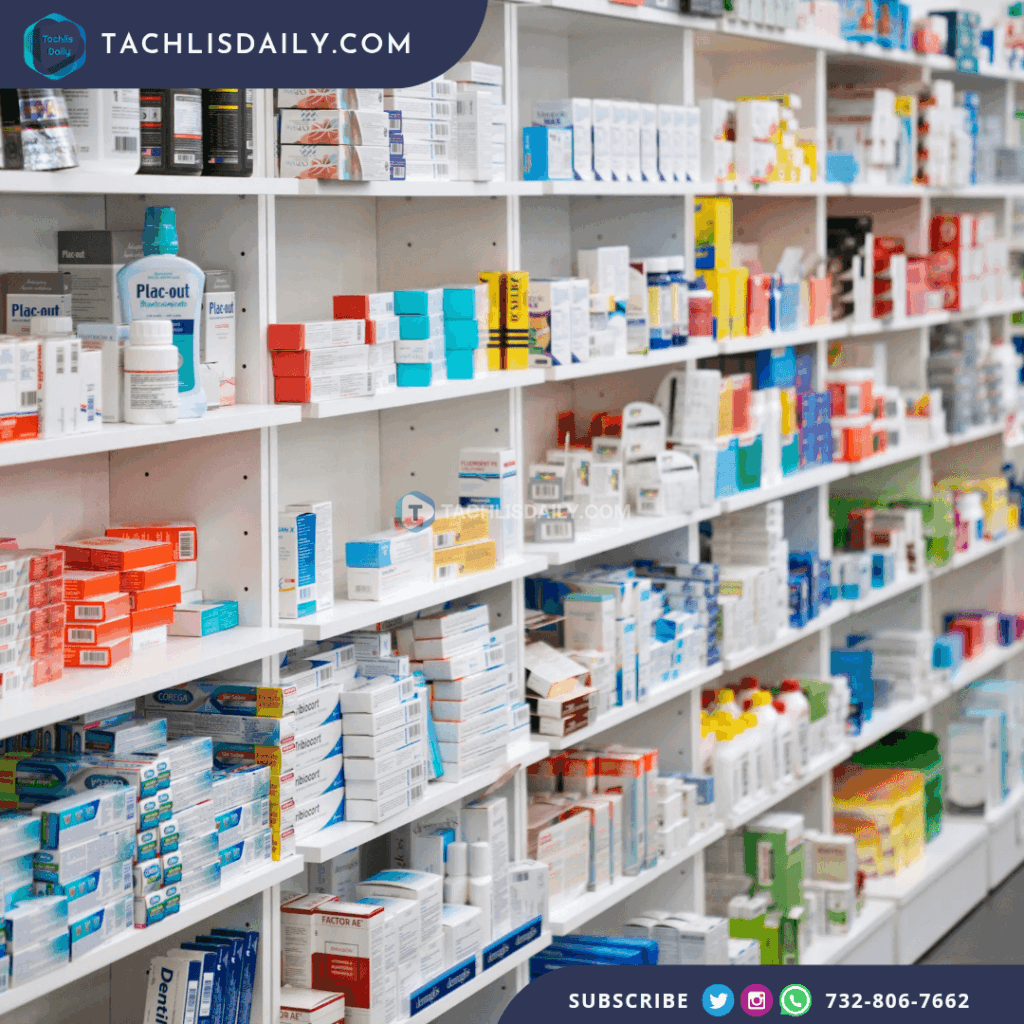CVS Health posted stronger-than-expected second-quarter earnings and revenue, driven by robust performance in its retail pharmacy division and signs of recovery in its insurance unit, Aetna. The positive results prompted the company to raise its full-year adjusted profit forecast, boosting investor confidence and sending shares up over 6% in early trading.
For the quarter, CVS reported adjusted earnings per share of $1.81, beating analysts’ expectations of $1.46. Revenue reached $98.92 billion, surpassing the projected $94.50 billion. The company now expects adjusted earnings for 2025 to land between $6.30 and $6.40 per share, up from previous guidance of $6.00 to $6.20.
CEO David Joyner, who took the helm in late 2024, credited the improved performance to strong momentum in the company’s core pharmacy operations and ongoing recovery efforts at Aetna. “It’s a tribute to the work underway within Aetna,” he said, noting that the insurance arm is still navigating challenges from elevated medical costs tied to Medicare Advantage plans.
Joyner also highlighted operational enhancements across CVS’ retail pharmacy network, including labor investments, improved technologies, and a restructured drug pricing model that’s helped the company stand out in a competitive landscape.
Despite the positive developments in pharmacy and insurance, CVS acknowledged that its health services segment experienced a slowdown, slightly offsetting the overall strength. Nonetheless, all three of the company’s main business segments exceeded Wall Street’s revenue expectations.
Aetna, the insurance unit, reported $36.26 billion in revenue for the quarter—an 11% increase from the previous year—surpassing analyst estimates of $34.59 billion. However, it continues to face pressure from high medical utilization rates as more patients return to hospitals for delayed procedures. The unit’s medical benefit ratio rose to 89.9% from 89.6% a year ago, influenced by a $471 million charge tied to anticipated 2025 losses.
The retail pharmacy and consumer wellness division delivered $33.58 billion in sales, up more than 12% from the previous year, exceeding expectations of $31.98 billion. This division includes over 9,000 CVS retail locations and provides services such as vaccinations, diagnostics, and prescription fulfillment. The growth was largely fueled by higher in-store and pharmacy volume, though reimbursement pressures continue to be a headwind.
Meanwhile, the health services segment, which houses CVS Caremark—the company’s pharmacy benefit manager—reported $46.45 billion in revenue, up more than 10% from the same quarter in 2024. This performance also topped forecasts, which had expected $43.37 billion. Caremark plays a crucial role in negotiating drug prices and managing insurance formularies.
CVS ended the quarter with a net income of $1.02 billion, or 80 cents per share, down from $1.77 billion, or $1.41 per share, in the same period last year. The decline was primarily due to one-time charges and structural changes, though adjusted figures show the underlying business remains strong.
Looking ahead, CVS is pushing forward with a $2 billion cost-reduction initiative over the next few years as part of a broader turnaround strategy. The plan includes additional store closures but also strategic acquisitions in underserved markets such as the Pacific Northwest, where the company aims to expand its retail footprint.











